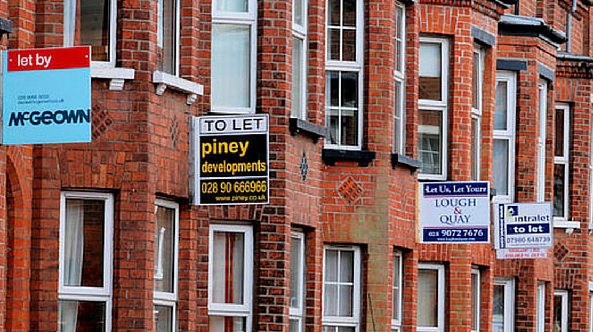The UK is still in lockdown, but the country’s rental accommodation is still in demand. Here’s what’s been happening in the UK rental market.
Both tenants and landlords alike will be keen to know what the future holds in the country’s rental market. Due to COVID-19, the UK’s lockdown is expected to continue for several more weeks, if not longer. After this, it is unclear which restrictions will be lifted and which ones will remain in place. This has affected people’s ability to move house, view properties or get paperwork completed.
As such, there has been a predictable slowdown in the rental market. Between 7 March and 30 March, according to Zoopla, demand for rental properties fell by more than 55%.
However, during the first two weeks of April, Zoopla saw a major U-turn. Demand began to return with a 30% surge during this period, as tenants started to gear up for moves again. The property portal’s research also showed there had been no “large-scale withdrawal” from the rental market. The total number of properties available to rent has fallen by only 3% since 1st March.
Rental market could recover faster than sales
There are an estimated five million households in the UK currently renting. The market has been on the up for the past couple of decades. Most experts predict it will continue to catch up with homeownership over the coming years.
“The rental market has always been more flexible than the sales market,” says Zoopla, adding that renters are often able to move home within weeks.
“Increased uncertainty following coronavirus means that households looking for a home will turn to the rental market first to meet any immediate housing needs.”
Activity in the market has been able to continue through the crisis much more easily than in sales. Letting agents can still agree contracts with delayed start dates. Online viewings also work better with rental accommodation than for homebuyers.
Zoopla adds: “Similarly, activity levels are likely to rise more quickly in the rental market than the sales market once the coronavirus lockdown eases. That’s because the average ‘time to let’ is less than three weeks in usual market conditions, compared to the three months average to complete a sale.
“Once lockdown restrictions ease, activity levels are likely to rise and match previous years’ levels in the second half of 2020. It’s predicted that the total number of home moves within the rental sector will be approximately 25% lower than in 2019.”
Could we see a surge in the near future?
Separate research from Knight Frank paints a similar picture to Zoopla. The estate agent believes that while COVID-19 will shift the usual patterns in the market, the sector will then recover.
It predicts that we could see a surge in activity in August, September or later. This is because the traditional uplift in July is likely to be delayed due to a slow late spring period.
Gary Hall, head of lettings at Knight Frank, says: “We’re preparing for a busier late summer period than normal. The nature of the lettings market means it could explode quite quickly once restrictions are relaxed or lifted.”
David Mumby, Knight Frank’s head of central London lettings, agrees that there’s no sense of a “permanent withdrawal, no lack of demand”.
He adds: “There’s a finite amount of stock available in the capital and both tenants and landlords are aware that if they don’t move quickly, they will miss out.”










